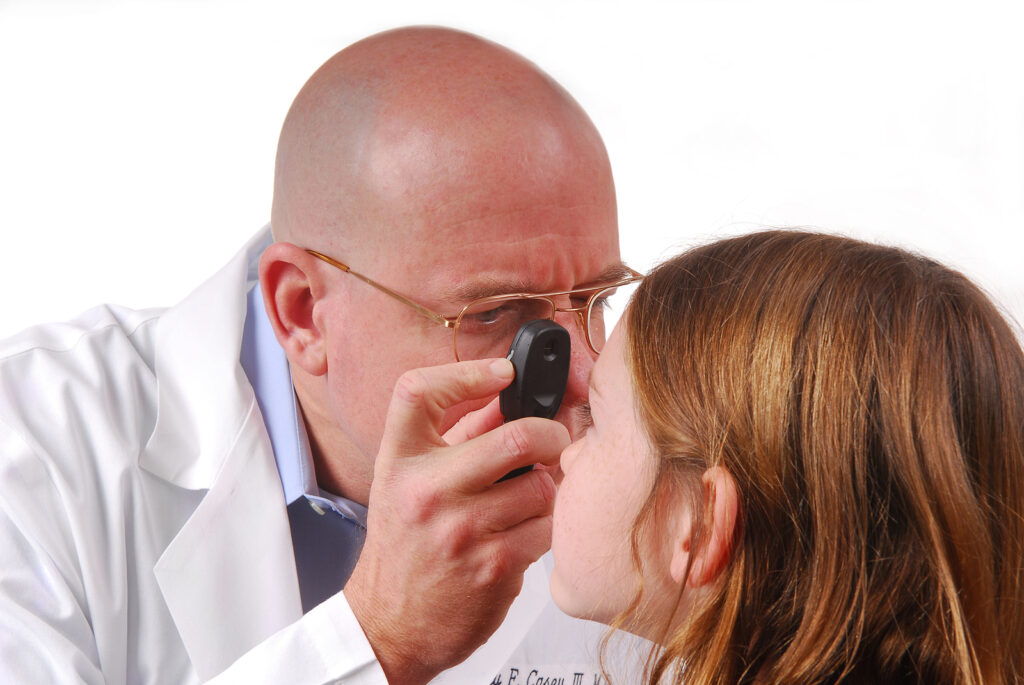By Lynda Williams, medwireNews Reporter
medwireNews: The incidence of retinoblastoma (RB) in children in Europe stabilised between 2000 and 2013, say EUROCARE-6 Working Group investigators who report high 5-year survival rates in this population.
Mariacristina Parravano (IRCSS-Fondazione Bietti, Rome, Italy) and team identified 3262 children (52% boys) who were diagnosed in this period, at an average age of 1.27 years, and recorded in one of 81 registries in 31 European countries.
After excluding registries with incomplete data, the team determined that 940 children were diagnosed in 2000–2003, 703 in 2004–2006, 744 in 2007–2009 and 856 in 2010–2013. This gave an overall age-standardised incidence rate among children aged 0–14 years of 4.0 per 1,000,000 person–years.
This incidence rate varied across countries, being highest in Belgium and lowest in Cyprus (6.1 vs 0.8 per 1,000,000 person–years). There was no significant difference in the rate of diagnosis between boys and girls (4.2 vs 3.9 per 1,000,000 person–years), whereas the incidence was higher in children aged 0–4 years versus those aged 5–9 years (10.6 vs 0.4 per 1,000,000 person–years).
The average 5-year survival rate in Europe was 97.8%, with 100% survival reported for 10 countries, namely Cyprus, Denmark, Iceland, Lithuania, Malta, Norway, Slovenia, Northern Ireland, Scotland and Wales. The lowest 5-year rates were in Bulgaria and Estonia (69.0% and 80.0%, respectively).
Analysis of 5-year survival by age, sex and timeframe showed that survival “remained very high across all subgroups” and improved in children aged 1–4 years over the study period, say Parravano et al.
The authors of an invited commentary describe the survival outcomes as “encouraging” and highlight the potential “impact of migration” on differences in survival between countries, such as the referral of children with late RB diagnoses from resource-limited countries to central European states with high levels of immigration, like Germany.
Parravano and colleagues also found that children with RB were more likely than those in the general population to develop a subsequent malignant neoplasm (SMN) up to 14 years after their original diagnosis, with an absolute excess risk of almost 11 cases per 10,000 children.
There was a particular risk of haematological malignancies, rhabdomyosarcoma of the head and neck, and tumours of the brain, bone and soft tissue, with excess risks of up to 7.21 cases per 10,000 children. And the researchers note that the duration of follow-up is “not yet sufficient to investigate SMN occurrence in adolescents and young adults.”
They therefore advise: “Multinational initiatives that collect RB stage and primary treatment, linking clinical and cancer registries, are warranted to improve RB surveillance.”
Patricia Chévez-Barrios (Houston Methodist Hospital, Texas, USA) and fellow commentators agree, writing that the detection of a higher rate of SMN in RB survivors in the EUROCARE-6 study helps to “demonstrate the value of large registries, which can identify risks that otherwise might not be accounted for in single-institution studies.”
They add: “This study also showed a relatively low incidence of solid tumors, and this is probably associated with discontinuation of the use of external beam radiation therapy.”
News stories are provided by medwireNews, which is an independent medical news service provided by Springer Healthcare Ltd. © 2024 Springer Healthcare Ltd, part of the Springer Nature Group
JAMA Ophthalmol 2024; doi:10.1001/jamaophthalmol.2024.4140
https://pubmed.ncbi.nlm.nih.gov/39388193
JAMA Ophthalmol 2024; doi:10.1001/jamaophthalmol.2024.4268

